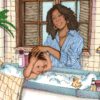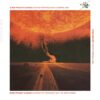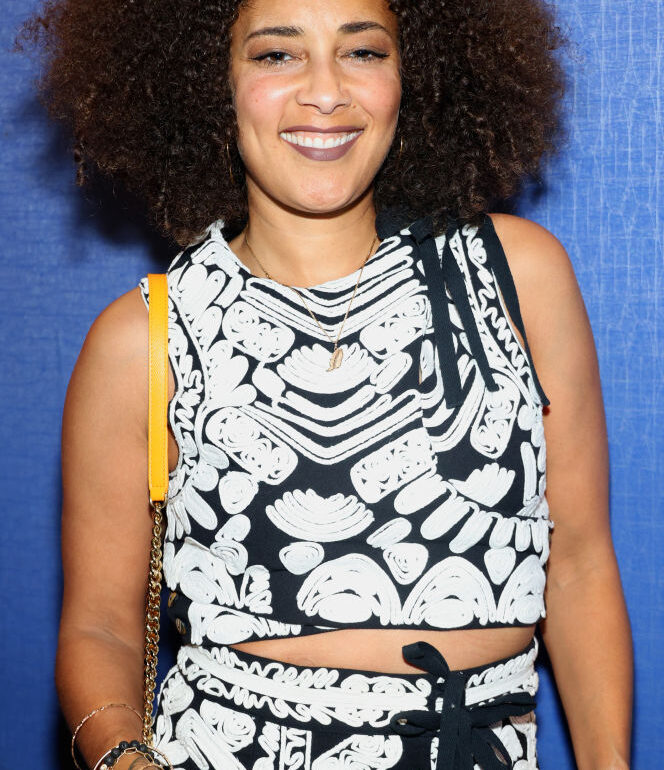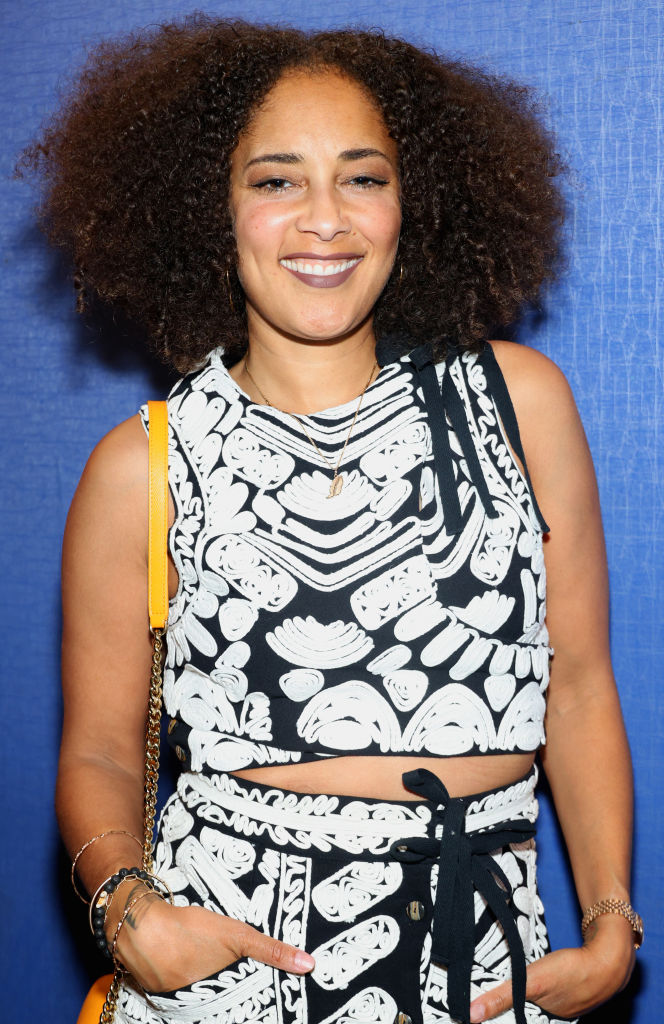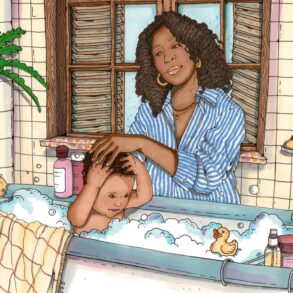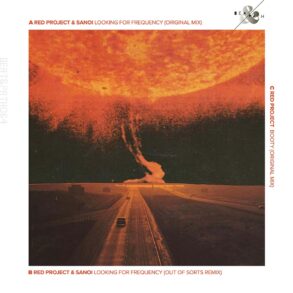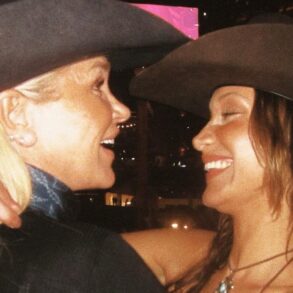Renowned hairstylist and entrepreneur Anthony Dickey is back on the Small Doses with Amanda Seales podcast for more hair talk. Dickey reflects on his journey, from starting out in the beauty industry to challenging myths about textured hair, and the ups and downs throughout.
“I think there’s a lot of interest that so many Black women have that’s grounded in the way that our identity is attached to the fact that we have textured hair,” says host Amanda Seales.
Anthony Dickey has influenced the way that many women approach hair care, including Seales. “I got my first real cut at Hair Rules,” she says. “You also taught me how to do my hair, how to care for my hair, how to understand my hair, how to respect my hair.”
Anthony Dickey made a name for himself as the texture guru, writing the book on embracing all hair types no matter the texture—kinky, curly, wavy or straight (based on the Andre Walker Hair Typing System). The stylist has worked with everyone from former First Lady Michelle Obama to actress Sarah Jessica Parker.
The Hair Care Revolution
Growing up biracial, natural textures were the norm in Dickey’s household. “I’ve been watching women and their whole beauty regimen forever, so I was like, there’s no reason why any Black woman should be having problems with their hair. Because that’s not what I experienced growing up.”
Dissatisfied with the misinformation about kinky-curly hair and the lack of hair love that has been so pervasive in the U.S., Dickey wrote Hair Rules in 2003 for the health of all hair textures. He later launched a product line with ingredients tailored for kinky-curly textures, one of the first shampoos to do away with sulfates which strip oil and moisture from hair, he says.
Now a multi-billion dollar industry, the Black hair care industry is thriving, with more product variety than ever before.
Anthony Dickey, who styled “all the Black supermodels in the late ‘90s like Tomiko Fraser,” retraces the evolution of hair culture going back to the first natural hair movement that emerged with the “Black Is Beautiful” movement during the ‘60s and ‘70s.
As Black women entered the corporate workforce in the 1980s, hairstyles and treatments like relaxers, weaves, and micro braids relied more on convenience than healthy hair, as Dickey tells it. At the time, women favored “things that you could put in your hair and put away and not have to think about.”
“Everybody had beautiful, healthy hair until that shift in corporate America,” he says. “Everybody had a joke about somebody’s edges. And that was never a thing prior to that period.”
Challenging The Beauty Industry
Seales and Dickey delve into the complicated relationship that Eurocentric beauty standards imposed on Black women and textures that were anything but straight.
“Historically, they weren’t thinking about us when they made products or education,” Dickey says. “I discovered after so many years how the beauty industry worked, and who they were talking to and how incorrect a lot of the information was, and how segregated and racist it was.”
Dickey’s career has been focused on challenging misinformation about textured hair and helping women love their natural hair.
“Part of what I do is help women to not only rediscover their hair texture but come up with the language and a scenario in how to deal with hairdressers,” Dickey says. “It’s really about keeping your hair healthy and embracing the fact that kinky or curly textures were the most personal textures!”
Get the full conversation. Listen to the episode here.
Listen on Apple Podcasts or Spotify.
This post was originally published on this site be sure to check out more of their content.

